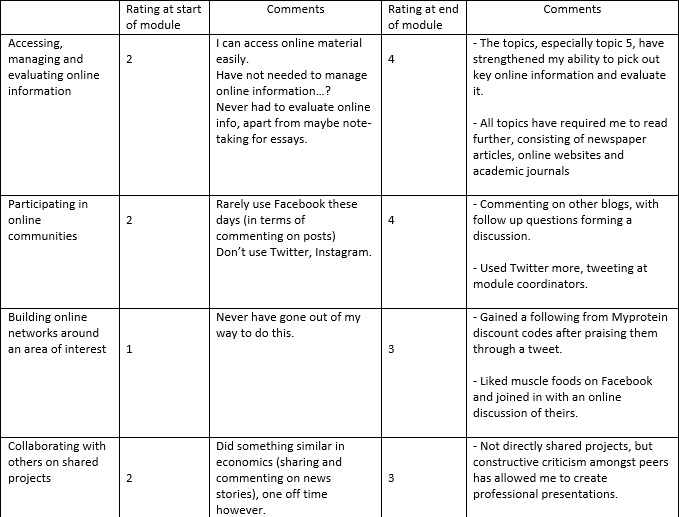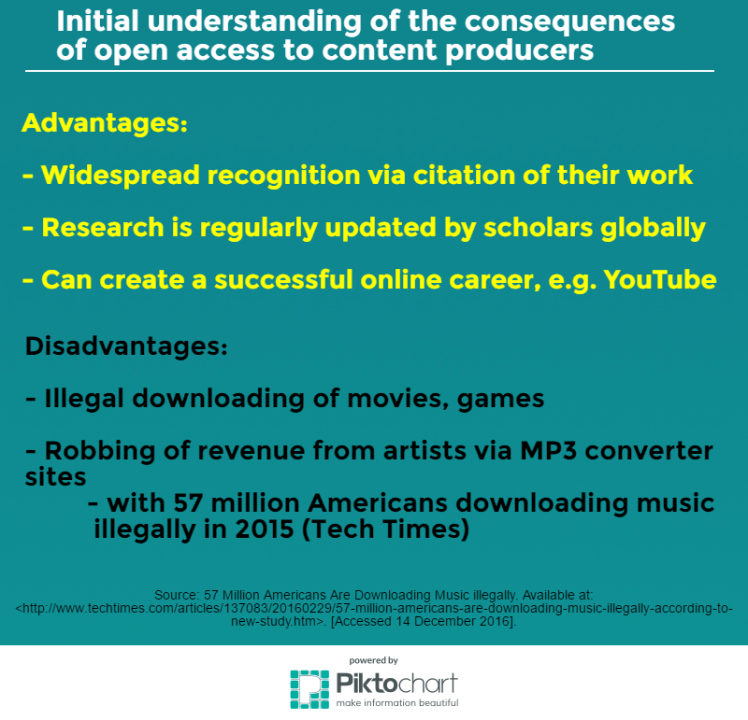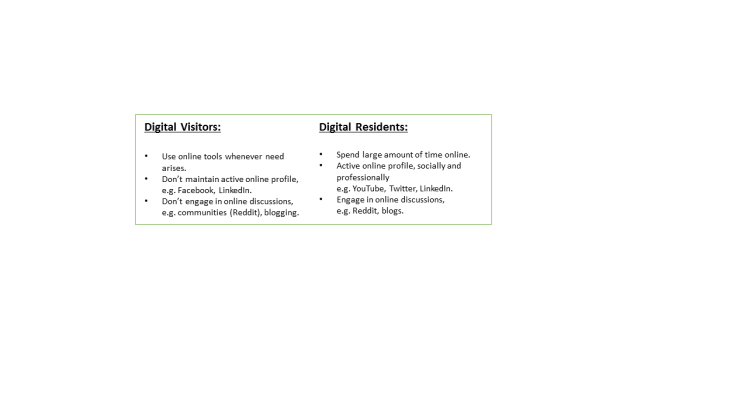
Auf wiedersehen cyber buddies
In hindsight, UOSM 2033 has enhanced my online professional profile substantially, something all other modules I participate in cannot offer.
Looking at my module self-review, above, my feeling towards all categories has increased. An area I am now most confident in is ‘participating in online communities’. Before UOSM 2033, I had never truly engaged in an online community, blogging hadn’t occurred to me as an online social activity.
Continue reading →










